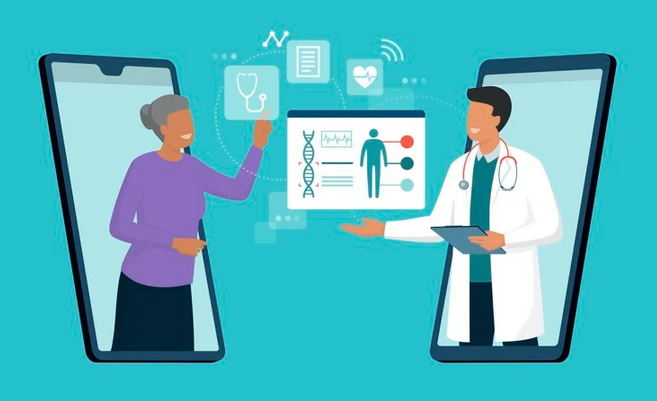Probably the most important aspects of running a medical care organization or practice has an excellent idea of the economic metrics that underpin it. Two of the most frequently used metrics are RPM (Earnings per Manpower) and remote patient monitoring. Whilst these metrics are usually used interchangeably, these are distinct from one another and learning the interplay between the two can help medical professionals enhance their operations and fiscal overall performance. This blog article aspires to discover what RPM and CCM are, the way that they are measured, and just how they connect to one another.
Revenue per Manpower (RPM) is a measure of the profits created per particular person employed in a healthcare company. It is determined by dividing the complete income created by the amount of employees or staff members inside the company. RPM is a very significant metric because it will help to determine the efficiency in the staff and the potency of the corporation. A high RPM generally suggests that the organization is making a great deal of earnings using a relatively small employees, while a low RPM could indicate that this firm has to improve its revenue generation or minimize its staff.
Alternatively, Charge per Situation Administrator (CCM) is a measure of the charge connected with each scenario becoming handled by way of a circumstance administrator. It really is calculated by splitting up the complete cost of situation administration by the quantity of situations dealt with. CCM will help health-related companies recognize their expense structure and determine probable regions for price-conserving. A low CCM generally shows that the group is controlling its cases efficiently, when a higher CCM could show that the business should re-assess its situation control processes to minimize costs.
Whilst RPM and CCM are very different metrics, they are closely connected and quite often effect one another. By way of example, if the organization minimizes its employees to improve its RPM, this may also improve its CCM if the outstanding staff is overburdened with cases and gets to be less productive. Likewise, if an organization minimizes its CCM by refining its scenario administration processes, it may also improve its RPM if its employees are equipped for far more circumstances without diminishing quality. For that reason, healthcare businesses must find an equilibrium between RPM and CCM to maximize their fiscal overall performance.
To achieve this balance, healthcare organizations can apply a number of strategies. By way of example, they could use technology to speed up a number of jobs and reduce the amount of instances taken care of by each scenario manager. They also provide training and assist for his or her employees to ensure they may be working effectively and efficiently. Finally, they could examine their details to identify places for advancement within both RPM and CCM and put into practice targeted approaches to address these issues.
brief:
In quick, comprehending the interplay between RPM and CCM is very important for healthcare businesses to improve their fiscal functionality. When RPM measures the profits generated per staff, CCM measures the cost associated per scenario maintained. These metrics are closely associated and may effect the other person, and businesses need to find a balance between the two to drive success. By utilizing specific techniques for example technologies automation, coaching and assist, and data assessment, health care organizations can boost both their RPM and CCM and get economic sustainability.
